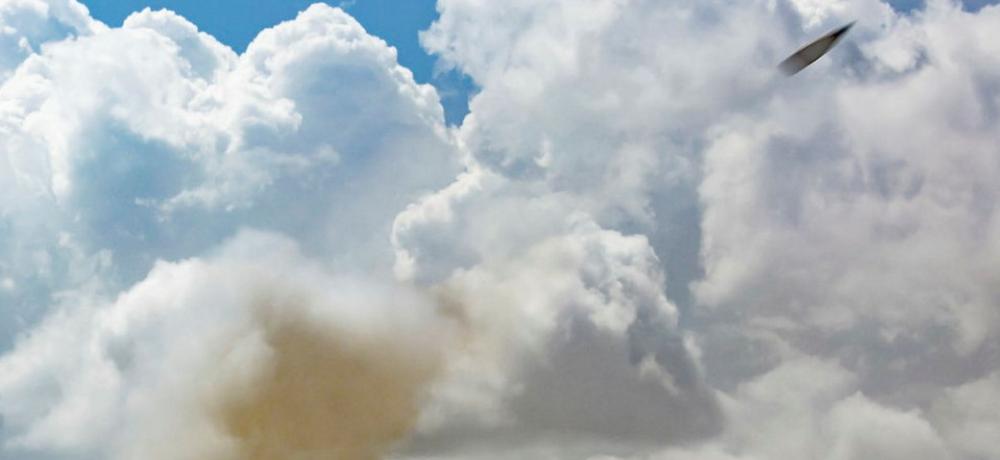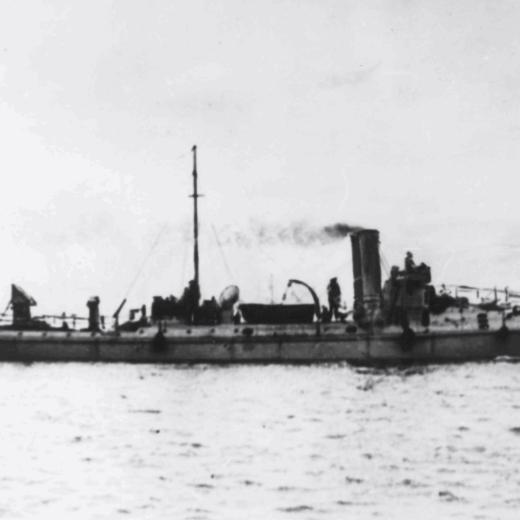BLUF
The battle for Stalingrad was a decisive Soviet victory that boosted Soviet morale and ended a run of Nazi Germany victories.Summary
This article from the United States Holocaust Museum makes the following points:
- Hitler invaded the Soviet Union to pursue Lebensraum (living space) land Germany needed to become a great power.
- In 1939 Nazi Germany began cooperating with the Soviet Union and divided up Poland between them.
- Germany would exchange manufactured goods for Soviet raw materials.
- Germany attacked Poland on September 1, 1939, leading to the beginning of WW2 in Europe.
- The Soviet Union gained eastern Poland and then attacked Finland.
- In 1941 Germany invaded the Soviet Union in what Germany called (Operation Barbarossa).
- Three million German troops were involved.
- Soviet leaders had ignored Allied warnings of a German attack.
- Initially, millions of Soviet soldiers surrendered.
- Germany expected a quick Soviet collapse, and therefore, its troops lacked winter equipment.
- The Soviets held Moscow and then forced the German army back, leading to the Battle of Kursk and Germany's unconditional surrender.
References
Recent Runway Posts related to this topic:
- Kursk The greatest tank battle in history might have ended differently had it not been for the action in the air. | The Runway (airforce.gov.au)
- Panzers, Beans, and Bullets | The Runway (airforce.gov.au)
- Battle of Kursk (Military History) | The Runway (airforce.gov.au)
References from the Web:
- The Eastern Front- The National WW2 Museum
- JAN 2019 Living History: How -40° temperatures stopped Nazi Germany - Newscentre
- SEP 2019 Why the Eastern Front of World War II Was Hell- the National Interest
- FEB 2022 The eastern front in WW2: how it all went wrong for the Germans – History Extra
Source Information: the United States Holocaust Museum
- Article Source: the United States Holocaust Museum
- Media Check: About the United States Holocaust Museum
- RAAF RUNWAY: RATIONALE, GUIDELINES, LEARNING OUTCOMES, ETC.





